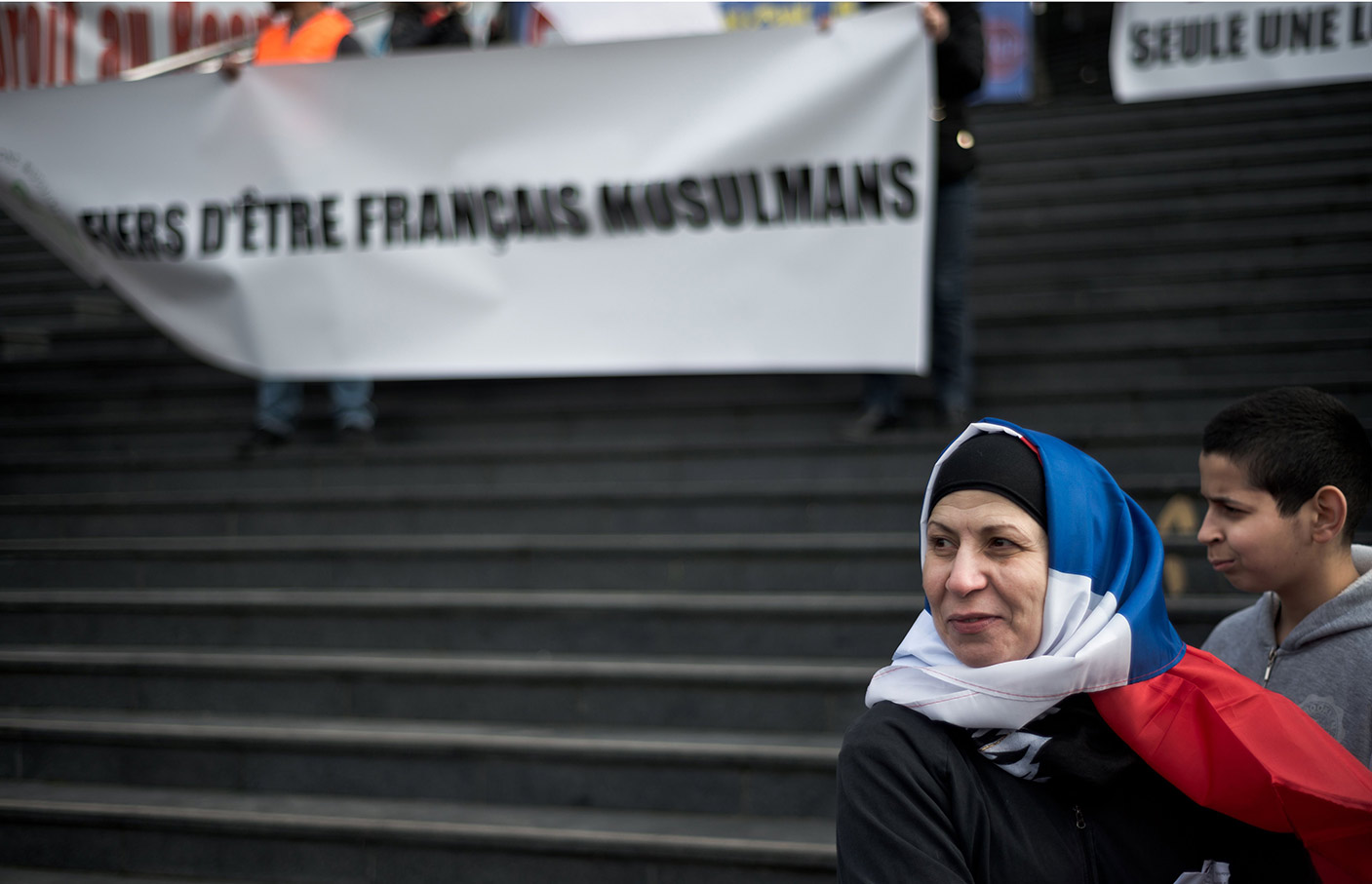65. The Crisis of Laïcité in France

On 28 October 2019, an 84-year-old man attacked a mosque in the southwestern French
town of Bayonne and attempted to set the mosque on fire. Two people were injured in
the gunfire. A few weeks earlier, four policemen were stabbed by a colleague who had
converted to Islam.
Islam is the second most practiced religion in France, and the country has the largest
number of Muslims in the Western world. The French overseas region of Mayotte which
has a majority of Islamic inhabitants too. Yet, attacks against the Muslim population in
France is on a constant rise. According to demographic reports by the Pew Research
Center, the Muslim population constitutes about 8.8% of the total population, of which a
majority belong to the Sunni community. They are mostly of immigrant origin from the
North African and Middle Eastern countries. According to a new study, the religious
community is expected to grow dramatically by 2050, as a result of conflicts in West
Asia.
Although the 1905 French Law separates religion from politics in France, yet,
Islamophobia has been central to the exercise of political power in France. Over the
years attacks against the Muslim population have been on a rise. Scholars have stated
that French Secularism, also known as Laïcité, is in crisis. For instance, the wearing of
the hijab in France has been very controversial since 1989 when three girls were
expelled from their middle school for refusing to remove their headscarves. This sparked
a nationwide debate. In 2004, the Islamic headscarf law marked a turning point in this
debate when the country banned students from wearing any religious symbols in public
schools. In 2011, too, the niqab was banned from being worn in public places. French
authorities also attempted to ban the burkini at public beaches in their jurisdiction in
2016. Recently, a French far-right member asked a woman at the local assembly to
remove her veil.
Islamophobia has been central to the exercise of political power in France. Over the
years attacks against the Muslim population have been on a rise. Scholars have stated
that French Secularism, also known as Laïcité, is in crisis. For instance, the wearing of
the hijab in France has been very controversial since 1989 when three girls were
expelled from their middle school for refusing to remove their headscarves. This sparked
a nationwide debate. In 2004, the Islamic headscarf law marked a turning point in this
debate when the country banned students from wearing any religious symbols in public
schools. In 2011, too, the niqab was banned from being worn in public places. French
authorities also attempted to ban the burkini at public beaches in their jurisdiction in
2016. Recently, a French far-right member asked a woman at the local assembly to
remove her veil.
There have been positive developments too. Around 25,000 people took to streets to
demand an end to Islamophobia and the unfair treatment of Muslims in the country.
Perhaps, anti-Muslim consensus may finally have splintered. However, these protests
were also surrounded by controversies with several fronts claiming the involvement of
radical Islamists, particularly from the Muslim Brotherhood. However, the protests can
be seen as a positive step in the direction of ending Islamophobia in the country.
demand an end to Islamophobia and the unfair treatment of Muslims in the country.
Perhaps, anti-Muslim consensus may finally have splintered. However, these protests
were also surrounded by controversies with several fronts claiming the involvement of
radical Islamists, particularly from the Muslim Brotherhood. However, the protests can
be seen as a positive step in the direction of ending Islamophobia in the country.

Comments
Post a Comment